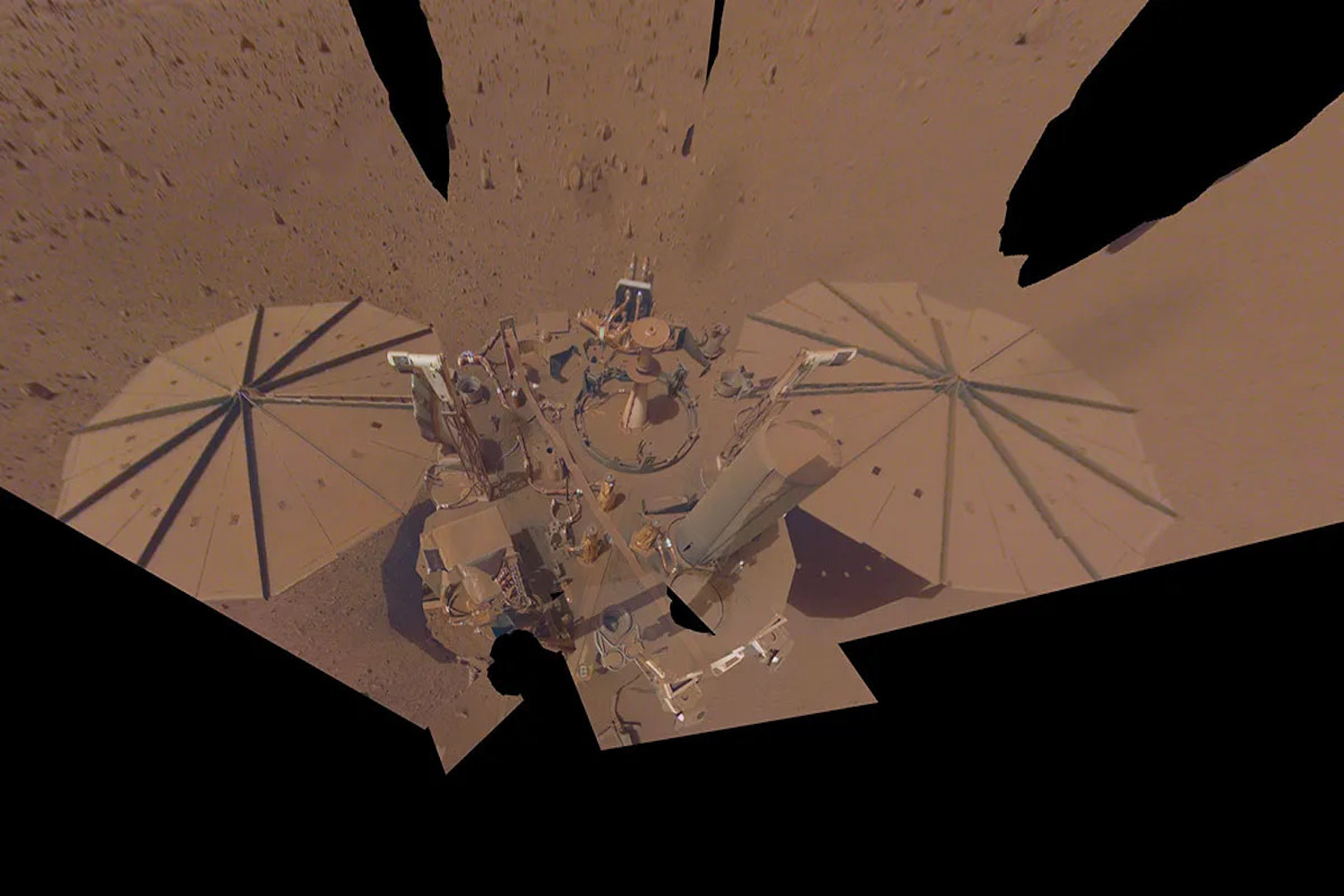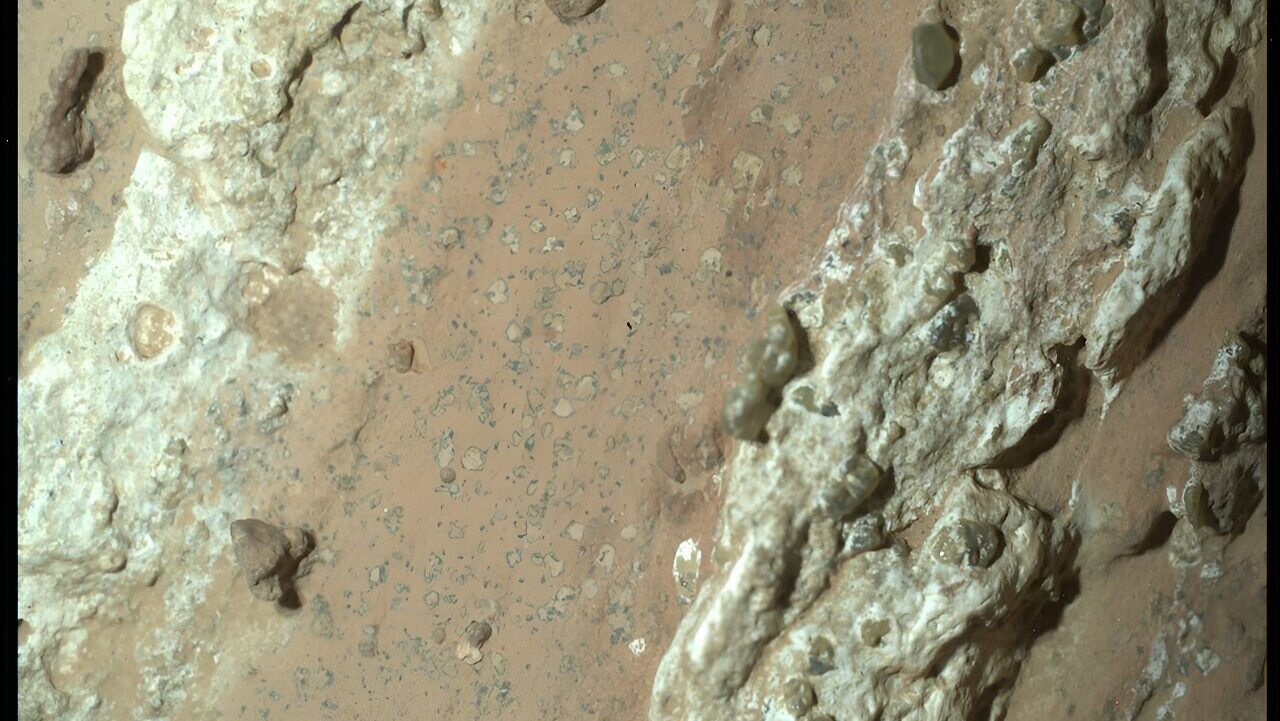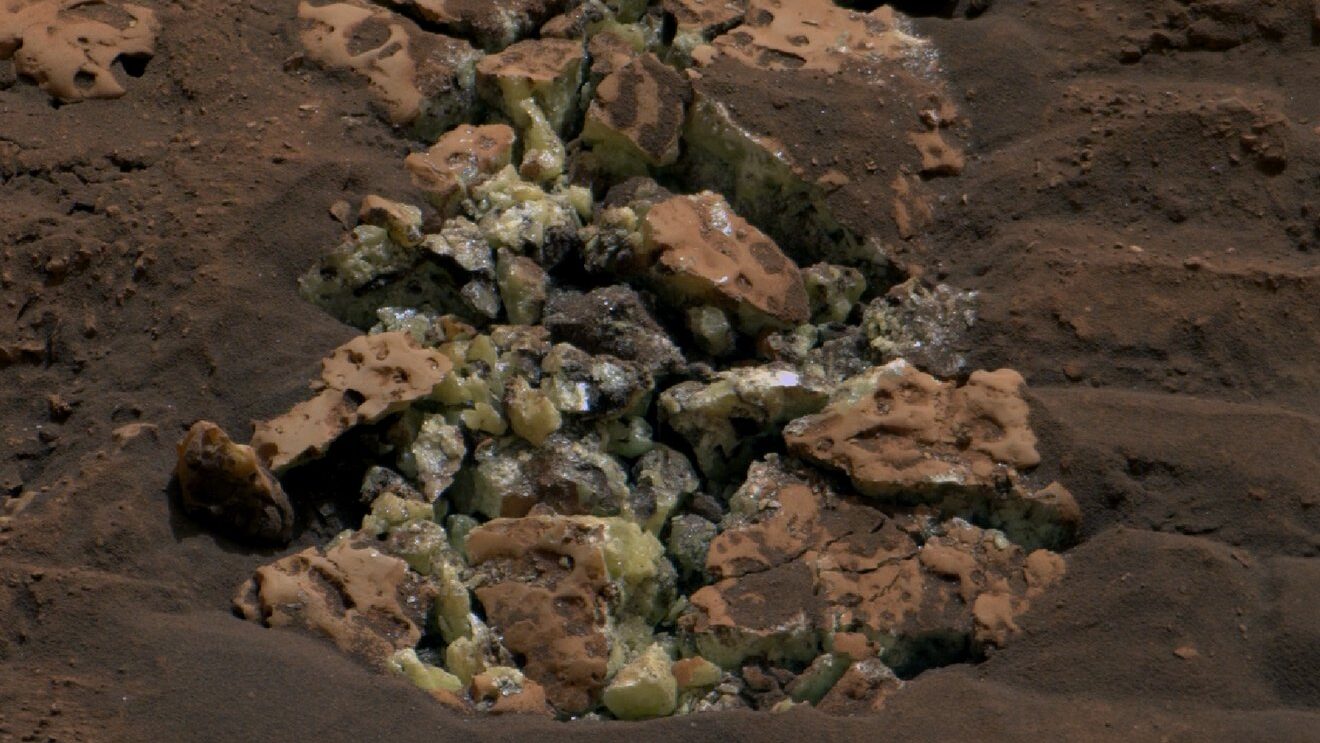The Perseverance rover has been toiling on the Martian surface for over three years, collecting rock samples that will eventually be brought to Earth if all goes according to plan. But the rover has also picked up hitchhikers, in the form of traces of Martian atmosphere that are squeezed into the “headspace” of the sample tubes.
That’s very exciting for atmospheric scientists, who so far have only studied Mars’ air remotely, whether from orbiters characterizing the planet from on high or from rovers delivering readouts to experts on Earth. Should this all work, it’ll be an incredible bonus for these scientists to analyze Martian rocks in Earth-based labs.
But forget the rock samples, the material stuff that planetary scientists hope will explain Mars’ evolution, and which astrobiologists hope will contain hints of ancient life on the fourth planet from the Sun.
“People think of the Moon as airless, but it has a very tenuous atmosphere that interacts with the lunar surface rocks over time,” said Just Simon, a geochemist at NASA’s Johnson Space Center, in a NASA release. “That includes noble gases leaking out of the Moon’s interior and collecting at the lunar surface.”
The team will apply insights gained from the 2021 study of the Moon’s very thin atmosphere, which was based on samples brought back by the Apollo 17 mission. The team put the gas in a cold trap; by reducing the temperature in a sealed container, the team was able to capture some gas in the sample at the bottom of the trap. The same rules would apply to any interrogate of Martian atmosphere held in the headspace of the rock cores’ sample tubes.
The Martian air will give researchers the chance to understand how Martian dust filters through the planet’s air, which sometimes whips up into Martian dust devils—one of which ran right over Perseverance in 2022. The air samples could also reveal how much water vapor lies just above the planet’s surface. That in turn could reveal aspects of Mars’ water cycle—a system that persists through the regular cycles of Martian frosts and thaws, though no liquid water is known to exist on the planet’s surface.

Mars’ air has recently been a great venue for exploration. For nearly three years, the intrepid Ingenuity helicopter flew in Mars’ skies, the first craft to achieve powered, controlled flight on another planet.
But there’s one big problem keeping NASA scientists from exploring the samples of Mars’ surface and skies: the cost. The Mars Sample Return mission is an expensive one—first capped at $7 billion, and now estimated at about $11 billion—leading to delays in the mission timeline. In April, NASA asked industry players to come up with ideas to make the mission feasible. At this point, Perseverance has collected over two dozen rock samples, chosen for their potential to reveal aspects of the planet’s geochemistry, geological history, and other aspects of its makeup and evolution.
At this point, using instruments capture, recover, and decipher the makeup of another planet’s skies seems like the easy part. The hard part is actually funding such an endeavor.














